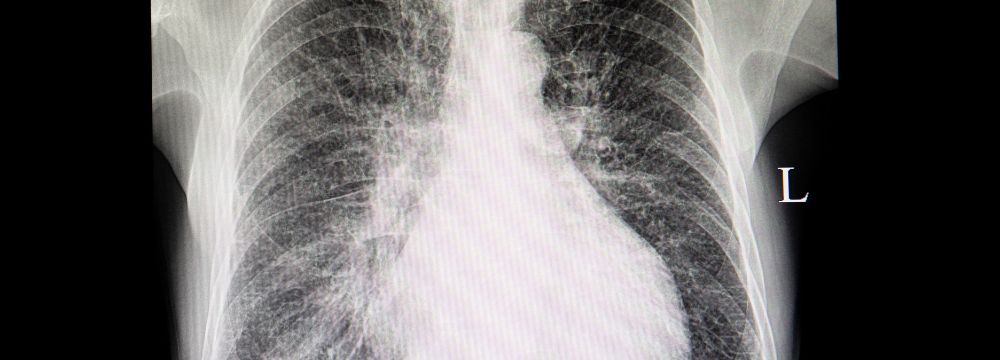
Many patients often misunderstand the concept of heart failure and believe that with this condition, the heart, as a mechanical pump, has stopped working entirely. However, heart failure is not that at all. Instead, it describes a condition in which the heart’s ability to pump blood around the body is degraded. As such, it is a progressive disorder that may eventually lead to severe disability and death.
Heart failure can occur for several reasons, including cardiovascular disease, which environmental and lifestyle factors and genetics may bring about. Of these cardiovascular diseases, obesity is one of the most problematic. The metabolic issues associated with excess weight include high cholesterol, high blood pressure, type 2 diabetes, and sleep apnea. They can all contribute to worsening heart health. Atrial fibrillation, known as Afib, is also a leading risk factor for longer-term heart failure. With that said, anything that overstrains the heart can eventually cause the muscle to weaken. You can liken this to any other muscle around the body. If we constantly overuse it, ultimately, it does fail. The difference is that the heart doesn’t have a chance to rest. Without proper treatment, which may include interventions from a cardiologist or lifestyle changes, the heart does not have an opportunity to normalize.
To best understand the progression of heart failure, the American College of Cardiology and the American Heart Association have guidelines identifying heart failure in four stages.
Stage A: Risk of Heart Failure
Stage A heart failure is not heart failure at all; no structural or functional heart problems have been identified. However, patients in this category are at risk of developing heart failure in the future. This may include family history, genetics, high blood pressure, diabetes, excess weight, and exposure to cardiotoxicity like chemotherapy or radiation of the chest. Patients in this stage will have a heightened follow-up plan with the cardiologists to ensure the location does not progress. Typically, lifestyle intervention is necessary here. Medical therapy and minor procedural options may be indicated for preventative purposes.
Stage B: Pre-Heart Failure
This stage of heart failure involves patients who do not have existing or prior symptoms of heart failure but have cardiovascular and structural heart issues that make it likely to cause heart disease without appropriate intervention. These patients are typically helped by medical and procedural interventions to reduce the strain on the heart and avoid progressing to the next stage of heart failure.
Stage C: Symptomatic Heart Failure
Stage C heart failure is diagnosed when there are current or prior symptoms of heart failure. At this point, you will be classified according to the New York Heart Association Functional Classification system, which further categorizes the levels of heart failure.
Stage D: Advanced Heart Failure
At Stage D, the symptoms of heart failure have now become problematic in a patient’s life. The symptoms may prevent them from enjoying many activities and, in severe cases, may cause repeated hospitalizations. This is the most severe level of heart failure.
Learn more about the classes on heart failure on our blog (coming soon)
Next Steps
Heart failure progression can be delayed or even prevented with early intervention. If you have the risk factors associated with longer-term heart failure, visit your cardiologist to learn more about appropriate screening programs as well as possible treatments for any concerns you may have. We encourage you to schedule a consultation with our office and look forward to helping you with any concerns and risk factors in my house.








